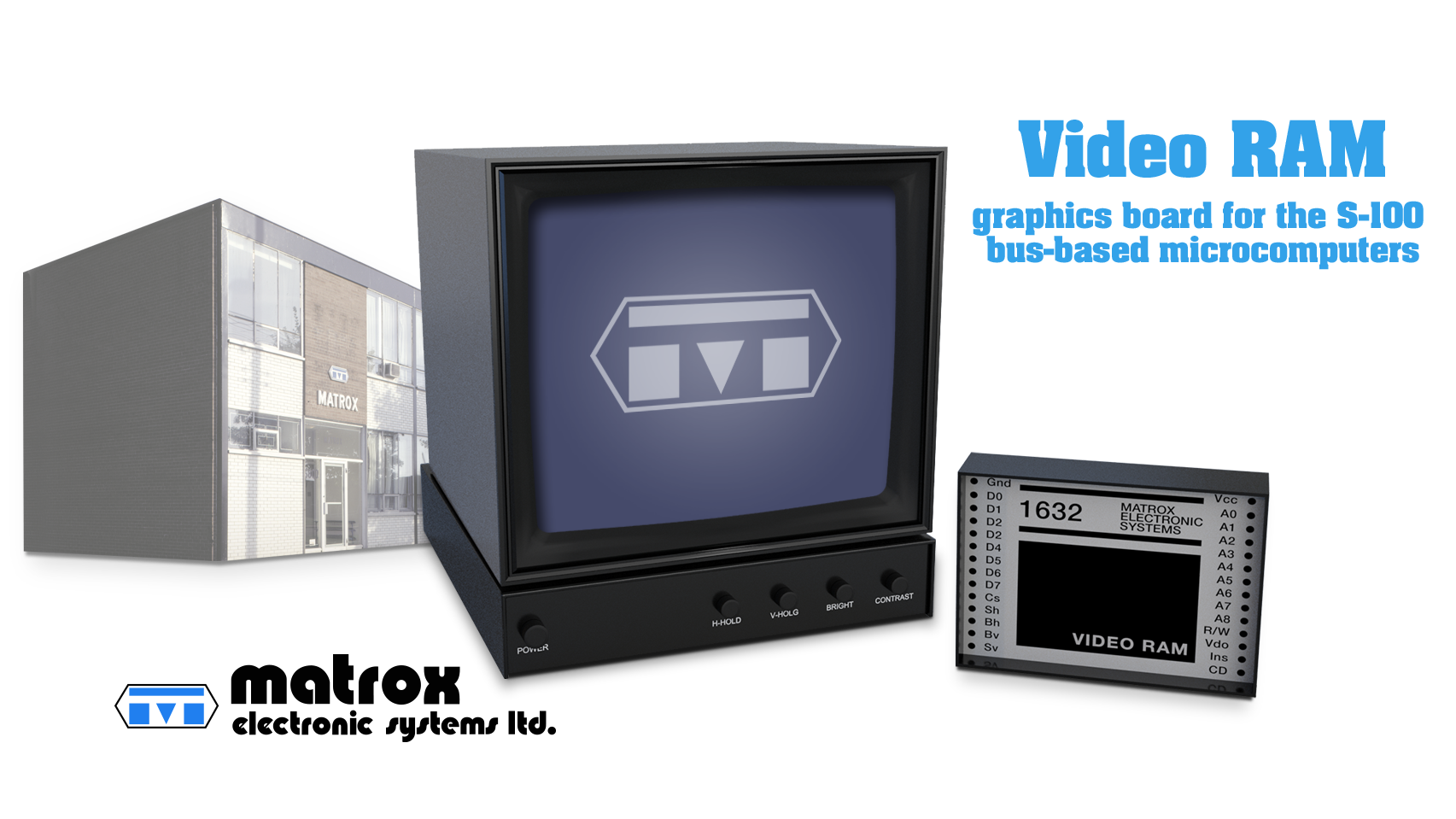SCN: What are your short and long-term goals for Matrox?
Lorne Trottier: We have two divisions: Matrox Video makes products used in commercial AV infrastructure and television production, while Matrox Imaging makes machine vision products for factory automation. Both areas are undergoing fundamental technological change. Our goal is to maintain our position as market leaders in each field and offer our customers the full benefits of our evolving, ever-expanding portfolio. We have a dynamic 45-year history of innovation. We plan to accelerate this.
SCN: How is Matrox celebrating its 45th anniversary?
LT: Although COVID-19 impacted our on-site social activities, our HR and management teams have done a tremendous job running several virtual programs throughout the year to celebrate this milestone. What makes this all possible, of course, is the dedication and support of our over 700 employees, capable of not only adapting but thriving during these challenging times. I am proud of what the Matrox community has accomplished over 45 years—in a highly competitive landscape, no less—and I am excited to see how the future unfolds.
[Executive Q&A: All About the New Reality]
SCN: What prompted you to co-found Matrox?
LT: I have always had a passion for science and technology. I can trace the beginnings back to an early age when a friend introduced me to the world of electronics. I have had the proverbial bug ever since, eventually leading me to co-found Matrox, with eventual sole ownership in 2019. That passion for understanding the world from a scientific point of view and my love of technology has stayed with me all my life. I am a techno-geek, and I continue to love what I do.

SCN: What have been some of Matrox’s major achievements, both early in your company’s history and more recently?
LT: Let me start by saying that I am most proud of the fact that Matrox is still thriving after 45 years in business. Very few companies in high tech have achieved that level of longevity. Innovation is part of our DNA. We have re-invented ourselves multiple times over the years. We developed some of the earliest PC graphics accelerators. We pioneered the development of multi-head graphics cards, and we were the first to harness the GPU to do real-time video effects processing.
Today, the AV industry is undergoing a transformation to use IP networks for video transport. We are excited to be developing a new generation of products for AV infrastructure that builds on this foundation and can run entirely in hardware, entirely in software, or any hybrid combination. This will produce significant improvements in terms of greater flexibility, lower cost, a much richer feature set, and internet and cloud connectivity.
[Executive Q&A: Almo Celebrates 75 Years by Giving Back]
SCN: Where do you see the pro AV industry heading?
LT: As mentioned earlier, we see AV infrastructure moving to standard IP networks for video transport, coupled with a movement toward infrastructure products that can operate in hardware, software, or any combination of the two.
SCN: What new initiatives are we likely to see from your company?
LT: Matrox Video is a leader and advocate for building AV infrastructures based on standards. An open standards-based approach helps system contractors and integrators at the consulting/proposal stage by giving them a robust set of different equipment to choose from to best meet the requirements of budget-conscious customers.
Matrox is an advocate of open standards and a participant in various standards bodies and technical recommendations groups building the new IPMX standard—introduced by the Alliance for IP Media Solutions (AIMS)—for AV-over-IP. This further builds on our work, and the work of many others, in developing ST 2110 IP-based products in the broadcast world.
IPMX shares many of the same benefits as the proven ST 2110 standard, such as robust device registration and interconnectivity through NMOS and video timing and synchronization. IPMX has virtually all of the benefits of ST 2110 while offering much lower implementation costs. Its lower cost and interoperability with ST 2110 addresses current workflow gaps and open up new opportunities across various markets. Both the pro AV and broadcast markets will benefit tremendously from this interoperability.
A new series of IPMX products are coming soon and will be compatible with our existing portfolio of Maevex 6100 Series encoders and decoders, Extio 3 IP KVM extenders, Mura IPX capture and IP encode/decode cards, and QuadHead2Go multi-monitor controllers. Matrox will offer a family of interoperable AV-over-IP products with a variety of codecs, quality, bit rates, and latencies to cover a wide range of use cases. These infrastructure products can operate entirely on hardware, entirely in software, or any combination of the two, providing the integrator maximum flexibility at the lowest cost.
SCN: How can systems contractors better position themselves to profit from products and/or services you have to offer?
LT: System contractors will benefit from the wide range of AV-over-IP products in our roadmap. No single video-over-IP protocol meets all the needs of customers. Matrox will offer a family of standards-based, compatible, interoperable products to fulfill any need and requirement for performance-media-over-IP workflows and applications.

